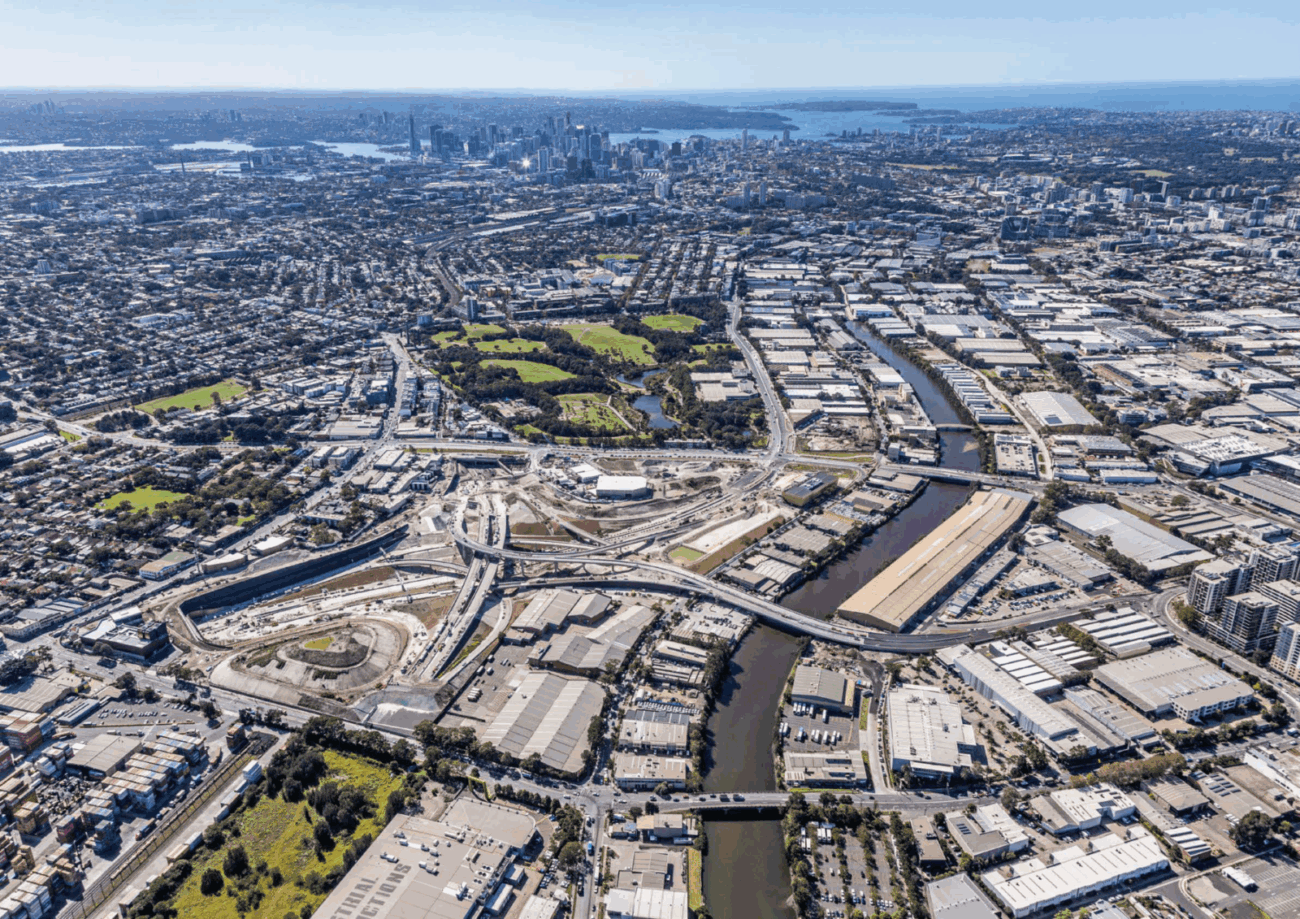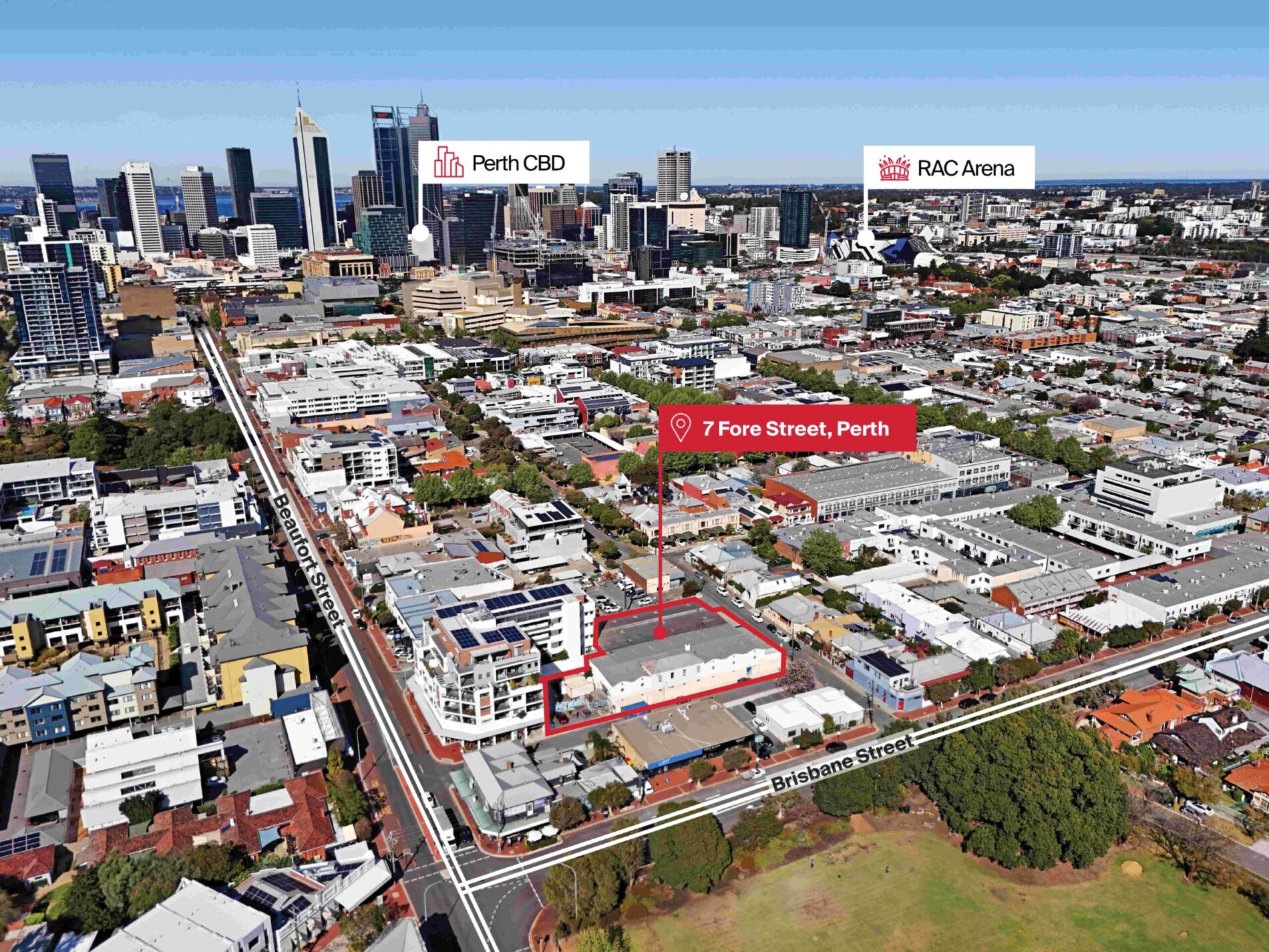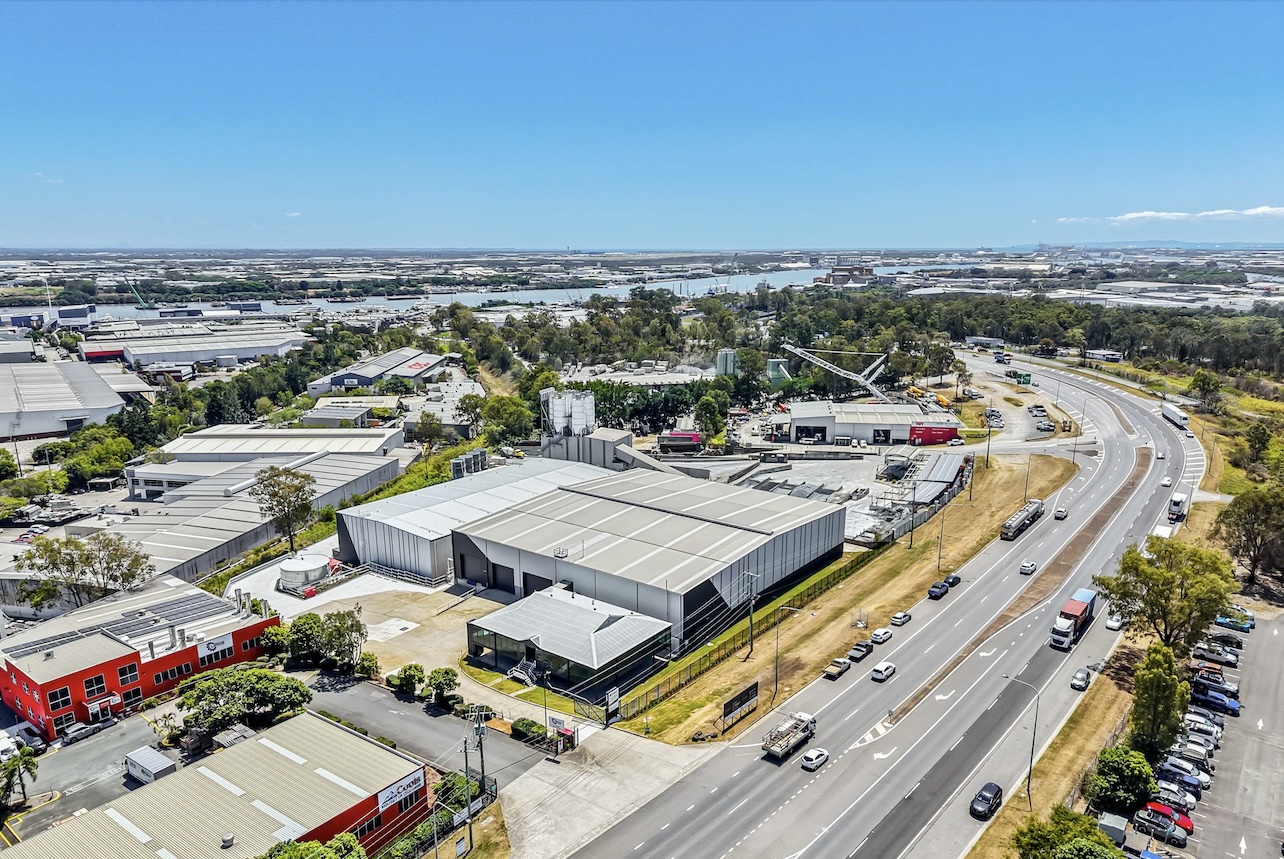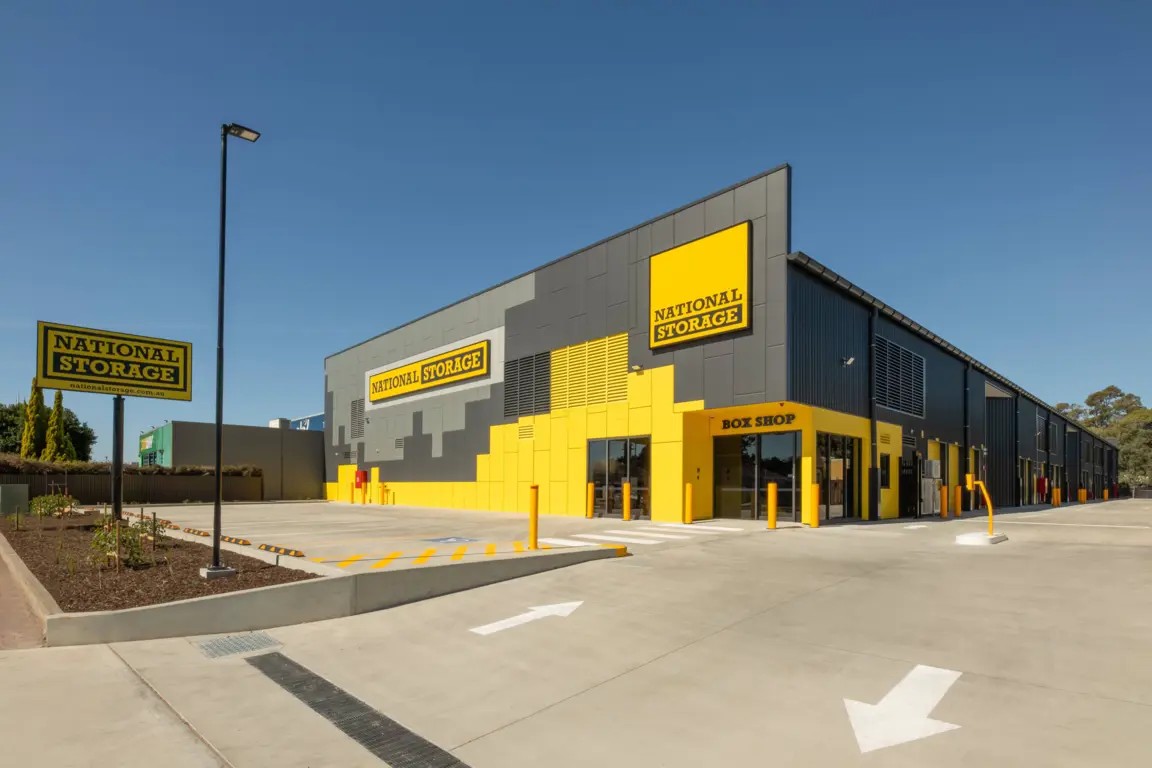
Australia’s industrial vacancy rate increased to 2.7% in Q1 2025, but new research from Cushman & Wakefield reveals this figure tells only part of the story.
According to the latest Instant Insight report, higher vacancy rates for 25 large-scale facilities, accounting for nearly 30% of the nation’s available space, are distorting perceptions of a softening market and masking ongoing tight conditions in key submarkets.
For example, in Brisbane’s South, two former Coles facilities totaling 93,438 sqm drive vacancy in this submarket from 2.9% to 4.7%. Similar patterns of big box vacancies affecting aggregate occupancy are emerging across some of the country’s major industrial precincts, like Western Sydney with a 74,735 sqm sublease site in Eastern Creek, and Melbourne’s North with a 45,645 sqm site in Somerton.
This skew reflects a multi-year shift in demand toward smaller, sub-10,000 sqm facilities and a significant divide in vacancies across submarkets and asset types. Just five submarkets account for approximately 60% of the country’s vacant floor space (identified in the chart below). Across these submarkets, the vacancy rate totals 4.5%, while the national balance is substantially lower at 1.8%, highlighting a significant variance.

In the research, Cushman & Wakefield Head of Logistics & Industrial Research, Luke Crawford, notes that vacancy rates for all of the submarkets they tracked remain at levels lower than 2019. “While the headline numbers may present the narrative of a balanced or oversupplied market in some cases, the reality is far more nuanced. When you strip out the few large-format sites, certain markets remain undersupplied, especially in high-demand infill locations where vacancy is just 1.9%,” he said.
The report highlights a change to market fundamentals, where demand has shifted towards smaller tenancies. In 2024, more than 75% of lease transactions were for facilities between 3,000 and 10,000 sqm. Yet, two-thirds (62%) of current vacant stock consists of larger assets over 10,000 sqm.
Over the next two years, over 5 million sqm of new warehouse space could potentially enter the market, with Sydney leading the pipeline as projects like the Mamre Road precinct come online. However, construction has commenced on only 35% of this space, and the timing for over half hinges on pre-commitments being secured.
Cushman & Wakefield National Director, Head of Logistics & Industrial Brokerage, David Hall, said the supply and demand mismatch could present letting challenges, but also opportunities for agile developers. “We can see an increasing share of smaller to mid-sized tenancies now in the pipeline, which will be crucial in the right markets. For larger builds, design flexibility is now key. Enabling subdivision into smaller units can significantly reduce letting-up periods and cater to a broader range of occupier needs.”
Despite a moderation in prime rental growth, the market remains well above long-term trends. Prime rents grew 5.7% in the year to March 2025, compared to the 20-year average of 3.8%, highlighting the resilience of Australia’s industrial sector.






